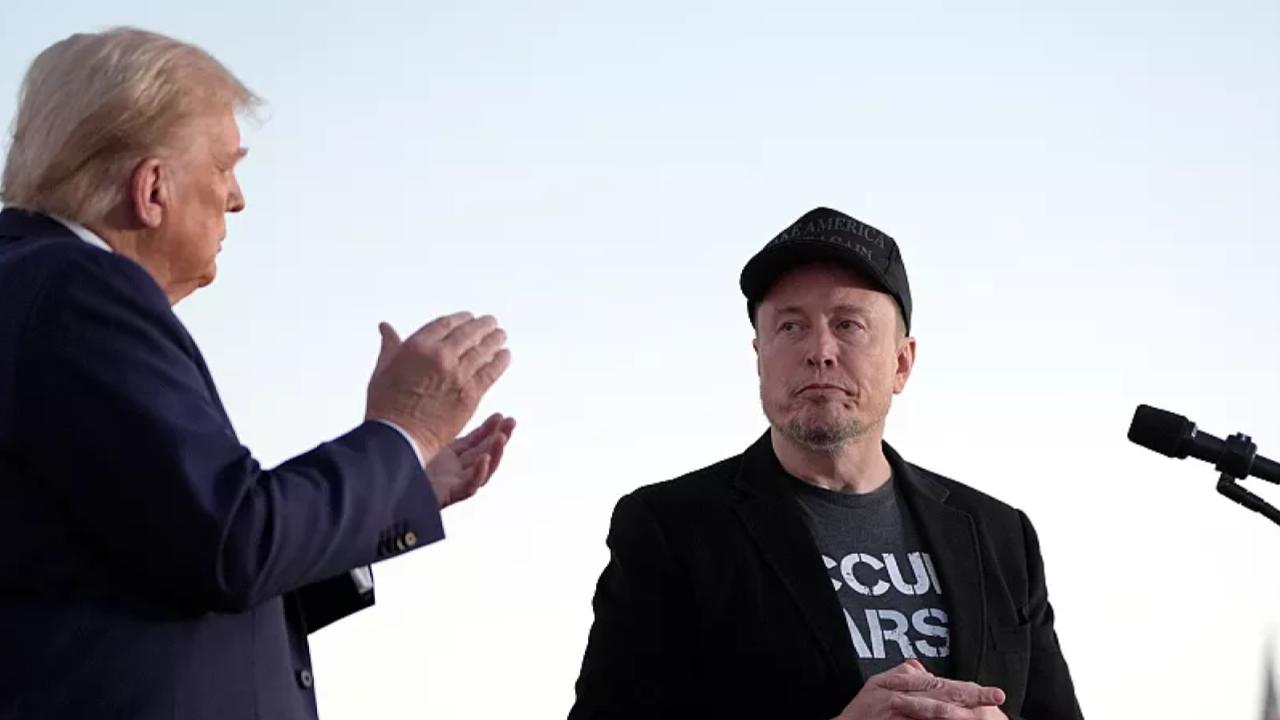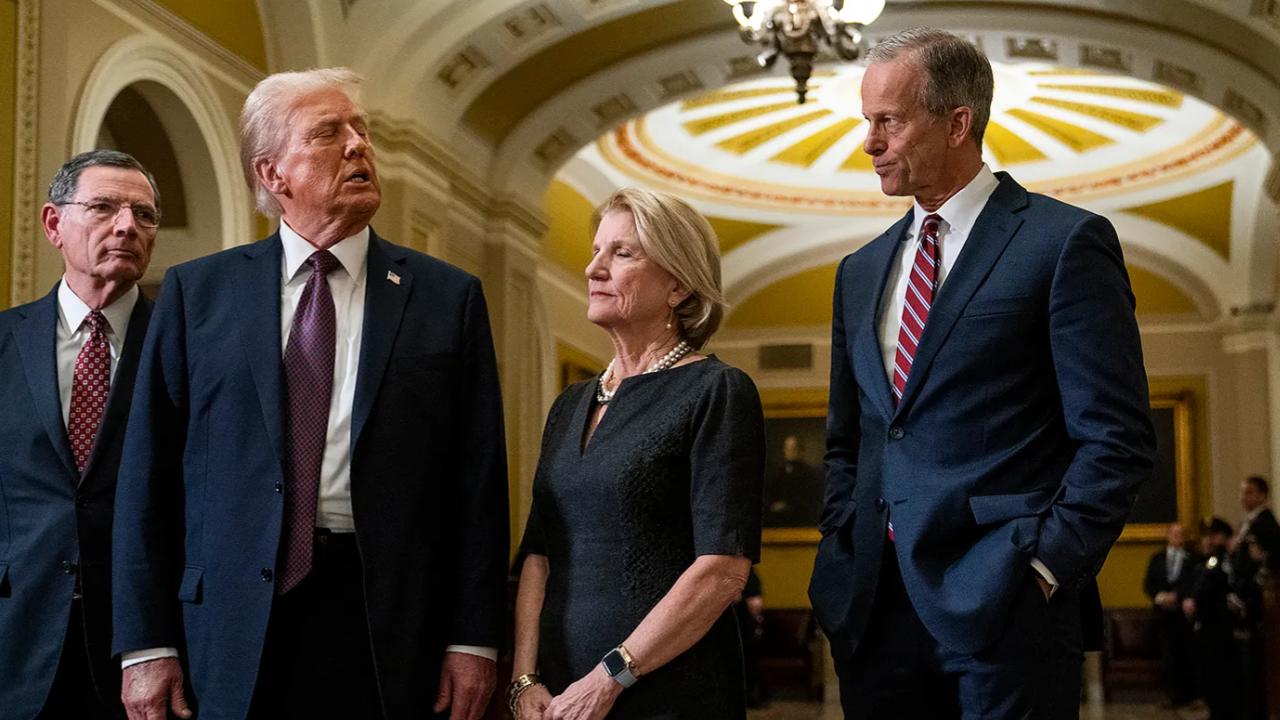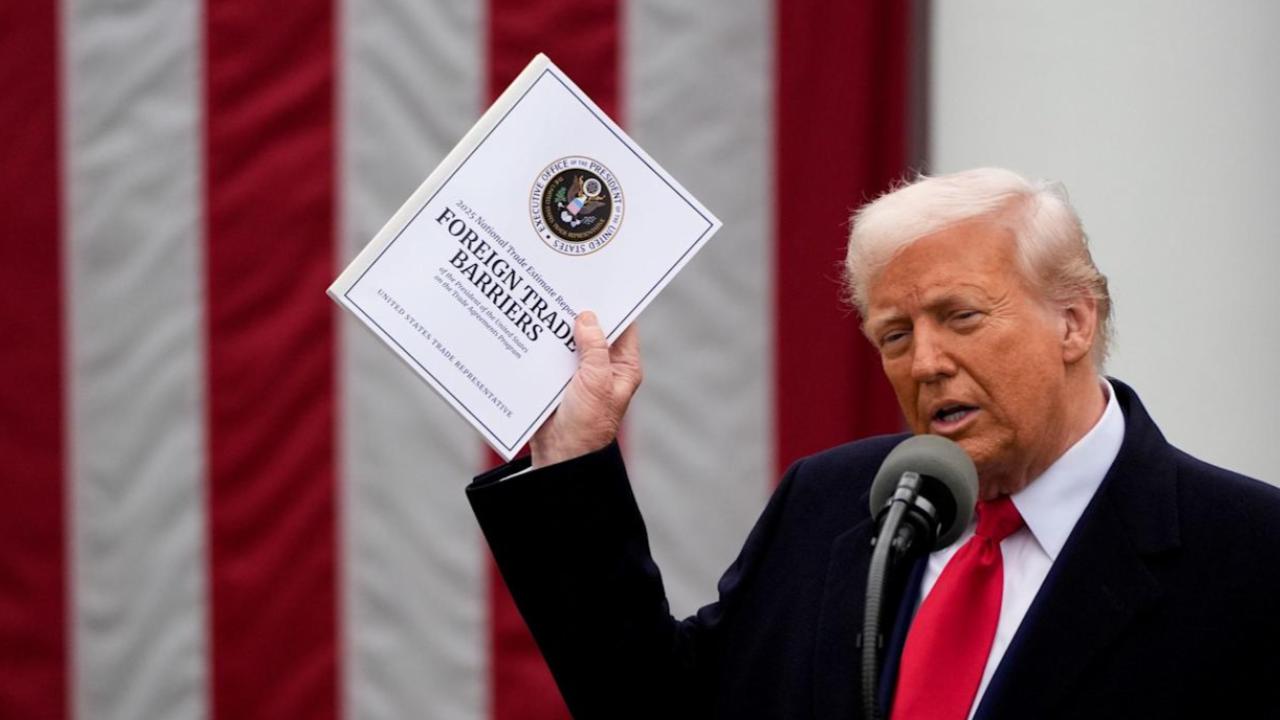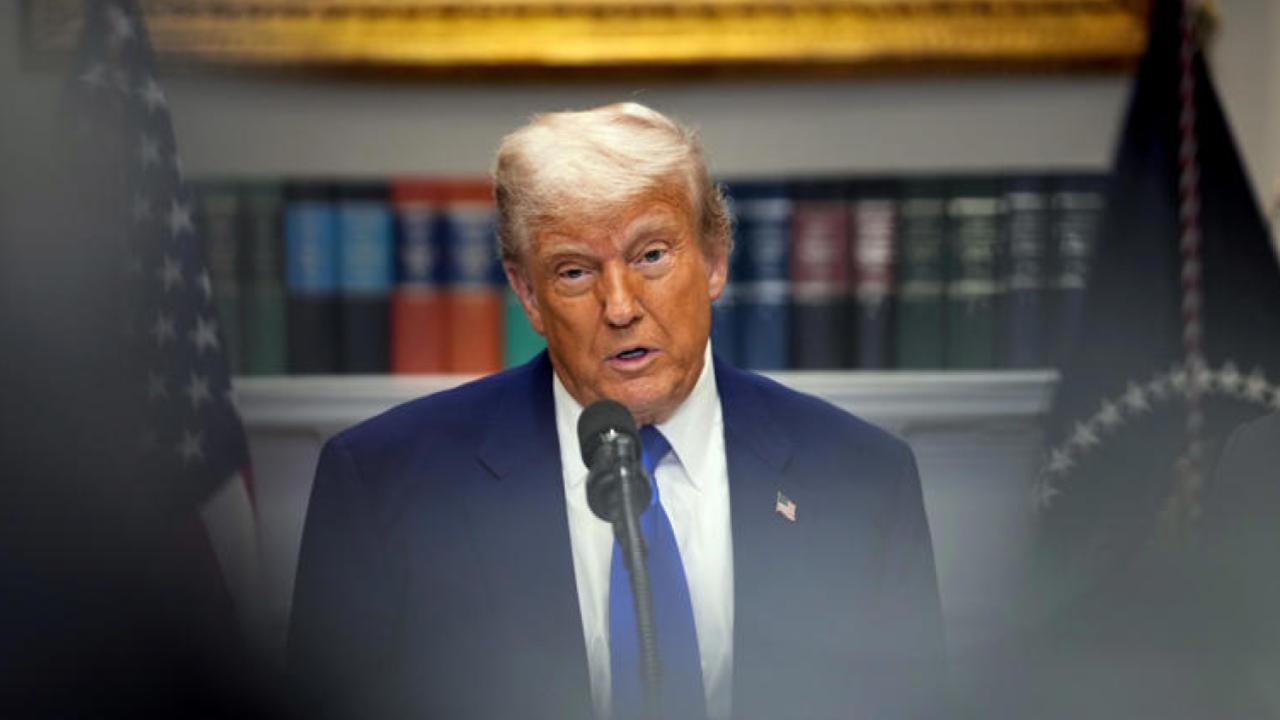Right off the bat, President Trump landed in Kananaskis with one thing laser‑focused: global trade. With America’s ongoing tariff blitz shaking established alliances and rattling markets, world leaders anticipated tension. But what actually went down caught them—and us—all by surprise.
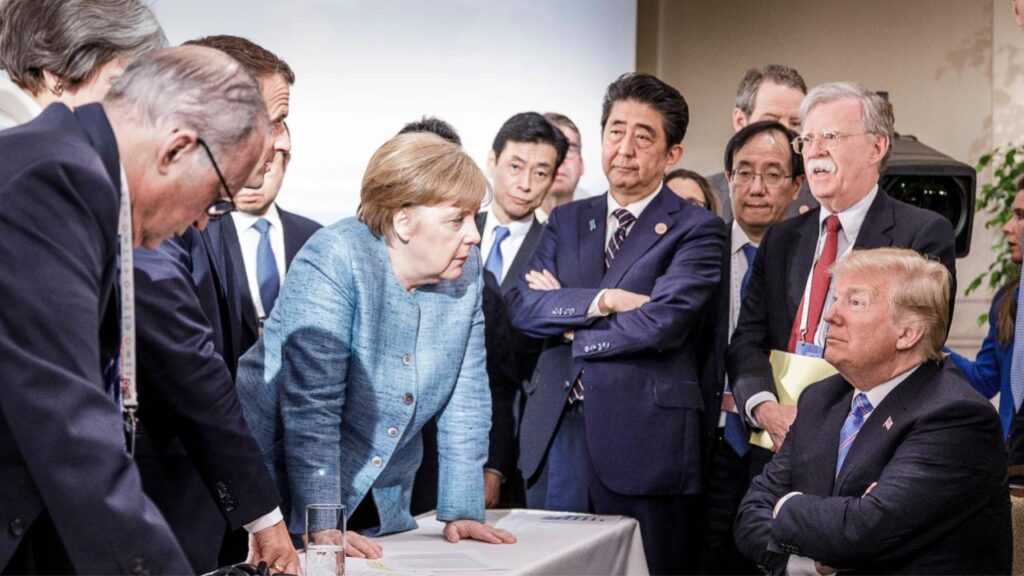
Trump Targets Global Trade at G7
| Insight | Stat |
|---|---|
| No G7 communique | No unified statement after Trump’s past disruptions |
| Tariff negotiations stall | Trump granted allies until July 9 to de‑escalate |
| World Bank analysis | US growth expected at 1.4%, lowest since ’08 outside 2020 |
Trump’s return to the G7 spotlight reminded the world what his diplomacy looks like—direct, disruptive, and deeply transactional. As the global economy hangs in the balance, allies and rivals alike are recalibrating. And the traditional rules of international summits may never be the same.
Trade Dominates the G7 Stage
At the summit in Kananaskis, Trump reasserted his vision of “reciprocal tariffs”—a trade stance that punishes countries with tariffs mirroring those levied against U.S. exports. Leaders from Canada, France, Japan, and the EU arrived prepared to talk Ukraine, climate, and AI. Instead, they found themselves responding to the sharp edge of Trump’s trade rhetoric.
Unprecedented Fracture: No Communique
In a dramatic break from protocol, G7 leaders chose not to issue a joint statement—an almost unheard-of move at such summits. The last time this happened was during Trump’s presidency in 2018.
Canadian Prime Minister Mark Carney and European Council President António Costa led the charge to abandon a consensus document. Sources close to the talks said the move was meant to prevent inflaming Trump or appearing disunited.
Strategic Resistance
Rather than confront Trump head-on, other leaders took a different route—diplomatic containment. French President Emmanuel Macron held bilateral talks instead of making joint demands. Japanese Prime Minister Shigeru Ishiba engaged Trump one-on-one, echoing Japan’s commitment to a “balanced global economy” while subtly distancing from U.S. isolationism. The strategy: keep dialogue open but avoid triggering an economic standoff.
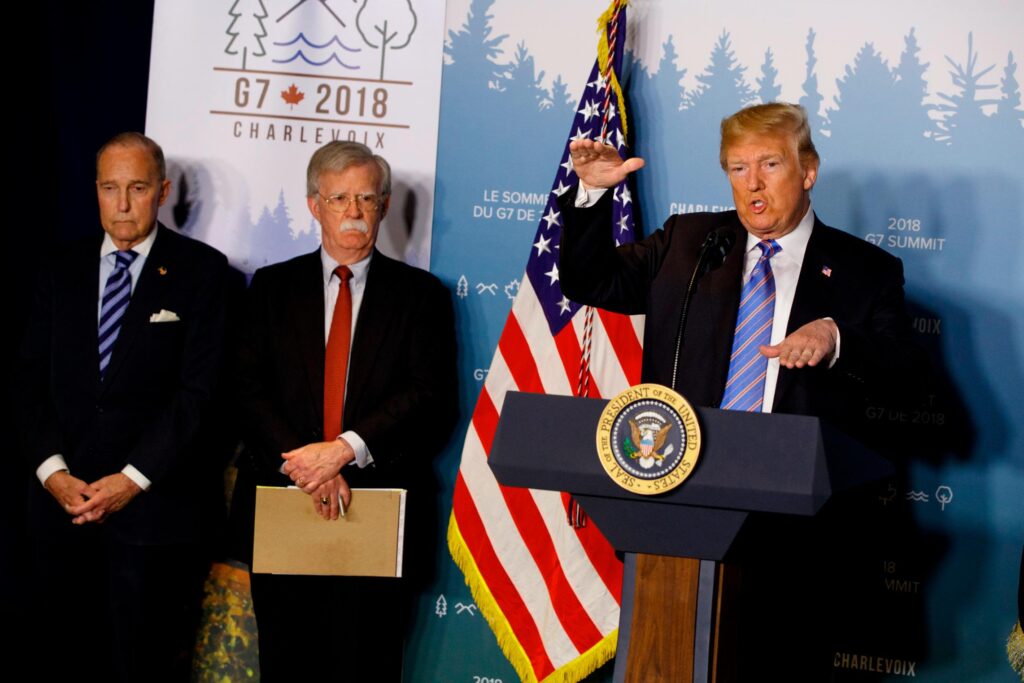
Economic Shockwaves
Markets are already showing signs of jitters. The World Bank estimates global GDP could slow to 1.4% if a full-blown trade war erupts. Add that to spiking oil prices due to recent Middle East tensions, and central banks face a grim forecast.
As someone who’s covered G7 summits for over a decade, I’ve never seen monetary policy and trade clash so hard at once. It’s like watching an economic weather system—calm on one side, a tornado on the other.
U.S. companies reliant on exports—from auto to agriculture—are also bracing for retaliatory tariffs. Meanwhile, EU leaders called for “mutual respect and strategic cooperation,” a clear dig at the Trump playbook.
What’s on the Table Now?
| Issue | Current Status |
|---|---|
| EU–U.S. trade talks | In limbo; Trump gave until July 9 for tariff negotiations to show “meaningful progress” |
| NAFTA 2.0 enforcement | Mexico and Canada are reportedly lobbying behind the scenes to ease tensions |
| Global defense cooperation | Still intact, but overshadowed by trade disputes |
The Bigger Picture
What makes this year’s G7 summit different is not just Trump’s comeback—it’s how the world responded. Without a joint communique, without shouting matches, and without total collapse, world leaders sent a message: they’ll find other ways to work together, even if the U.S. plays hardball.
Whether this summit sets a precedent or remains a one-off depends on what happens before Trump’s self-imposed tariff deadline in July.
FAQs
Why did the G7 skip a communique?
To avoid public disagreement. Trump’s stance made consensus impossible, so leaders opted not to publish a joint statement.
What are reciprocal tariffs?
It’s a policy where the U.S. matches or exceeds the tariffs other countries impose on American exports. Trump argues it ensures fairness, critics say it starts trade wars.
Who benefits from Trump’s approach?
Potentially U.S. industries facing foreign competition, but risks include consumer price hikes and retaliatory duties hurting exporters.

